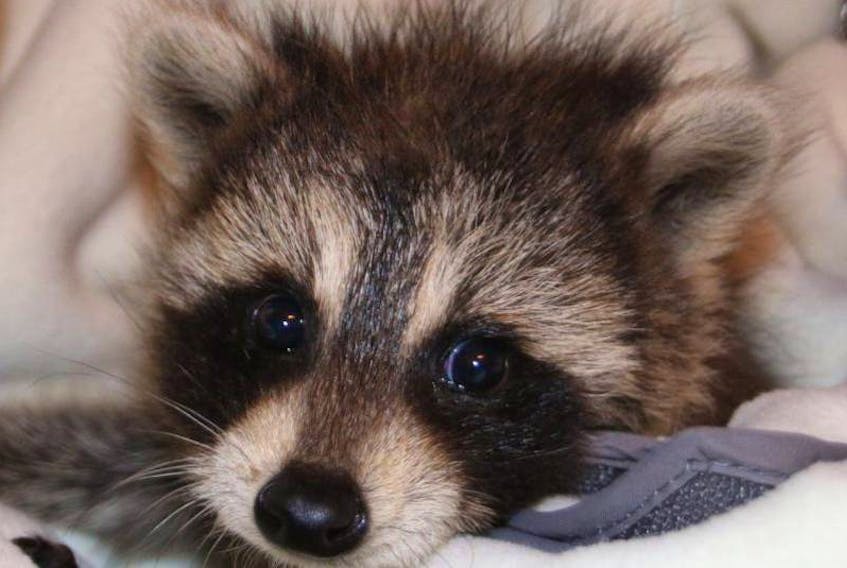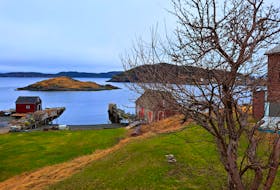TRURO, N.S. —
It’s spring, when temperatures are warming, plants are growing, and more animals are crossing roads. Unfortunately, that also means more animals will be seen dead on roadsides.
At this time of year many animals are travelling with their young, such as the duck who was crossing Robie Street recently when her ducklings fell into a storm drain. Luckily, someone concerned for her safety stopped to get her off the road and discovered the youngsters. This story had a happy ending, with the ducklings being rescued and reunited with their mother. Things could easily have turned out very differently. If no one had stopped the duck could have been hit by a car and the ducklings could have suffered a slow death underground.
While most of the wildlife road deaths take place at dusk or dawn, or during the night, it's important to watch for animals at all times while driving. I’ve stopped to help at more than one accident scene when animals were hit during daylight hours. While most involved wildlife some were cases where a dog or cat was struck.
Simply slowing down can save lives. It’s also important to not only look at the road ahead, but to continually glance to the sides. At night, you may see the reflection of eyes in your headlights.
One of the most dangerous things people do is throw bits of food and food wrappers from vehicles. Animals are drawn to this and then hit by cars.
Because roads are often constructed through wildlife habitat, many of the animals who are killed are travelling along their usual routes or searching for food.
More animals are killed than most people realize. Some are injured and make it to a wooded area before dying.
If you do hit an animal, don’t leave it to die. Smaller animals can sometimes be coaxed into pet carriers or boxes, but it’s important to be careful as some frightened animals will bite.
If an animal is dead, move it off the road if you can do so safely. This will prevent animals who feed on carrion from being killed.
Sometimes a young animal may be drawn to the body of family members. My daughter Kyna came across a living raccoon kit next to the bodies of her family members, who had been hit by a vehicle. She was able to capture the little one and get him to Hope for Wildlife in Chezzetcook, where he was cared for until he could be released into the wild.
Injured birds can be taken to the Cobequid Wildlife Rehabilitation Centre in Hilden.
Tunnels and overpasses have been built in many areas to help animals cross roads safely. When an eight-foot high fence was constructed along the Trans-Canada through Banff National Park to redirect animals to underpasses and overpasses highway kills dropped 96 per cent.
Please do your part and be cautious because we share roads with animals at times, too.








